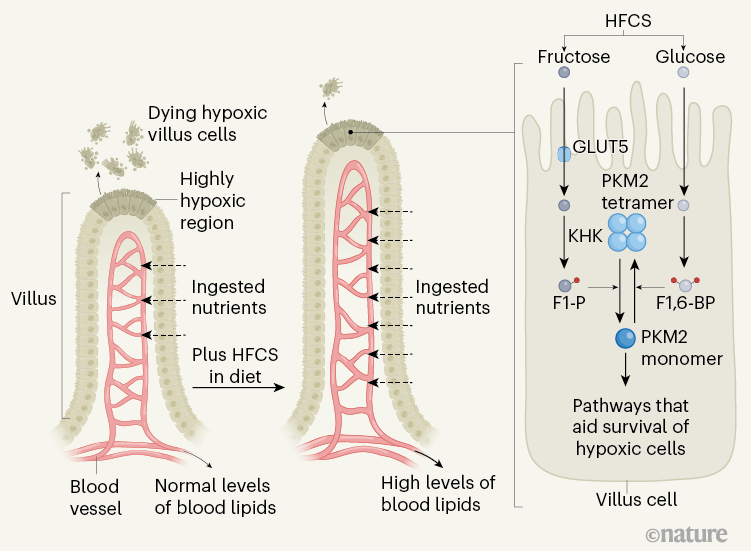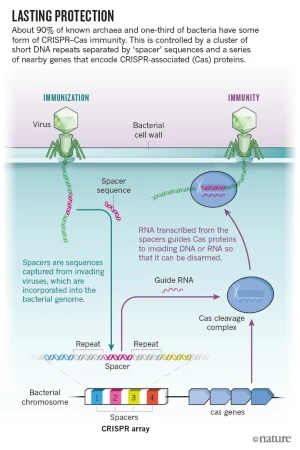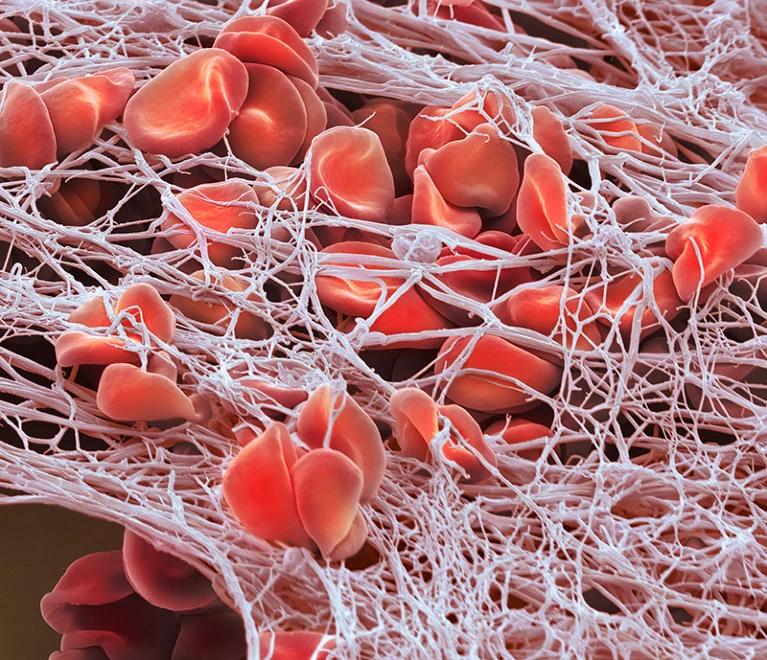What We Lose When Companies Make Things Easier for Consumers
Companies are always trying to eliminate ‘pain points’ or ‘friction’ when we buy things. That comes with a price we may not realize.
BY KATE MURPHY
IN Silicon Valley-speak, “friction” is any physical or psychological barrier that might prevent a potential buyer from buying or using a good or service. Eliminating that friction, or “pain point,” often by way of technology, has therefore become the vaunted business model, if not the raison d’être , of successful startups and established companies alike. Take your morning cup of coffee. The friction of making it is removed by having a barista at your local coffee shop make it for you. Ordering ahead on an app takes care of the potential pain points of waiting in line and interacting with the barista. Instructing a virtual assistant to order your coffee eliminates the burden of tapping on your phone. And, if leaving your house seems like too much exertion, your virtual assistant can prompt a coffee machine in your kitchen to brew you a steaming cup, which, being a smart machine, will subsequently make your coffee when and how you want without you having to disturb your morning reverie at all.
It’s hard to think of any human activity today that has not been subject to the same diminishing degrees of friction. Smart entrepreneurs have striven to eliminate perceived pain points from grocery shopping, stock trading, home buying, bike riding, vacation planning and even finding true love.
Removing friction is undoubtedly a smart business strategy. After all, we humans are wired to preserve our physical, biological and cognitive resources, not to mention our time, all of which are woefully limited. And yet, there is increasing evidence that some forms of friction, rather than being impediments, are actually essential to our well-being. “I think the real danger of the frictionless economy is that at any moment it’s easier often to do the nonsocial thing,” says Nicholas Epley, professor of behavioral science and director of the Center for Decision Research at the University of Chicago Booth School of Business. Indeed, engaging with other people, and trying to understand their layered verbal and nonverbal messaging, is one of the most complicated things we ask our brains to do. So while apps and devices that reduce or eliminate that particular kind of friction can seem incredibly appealing, research indicates that a range of social interactions, including those with strangers or loose acquaintances (such as a barista who knows how you like your coffee) are fundamental to both our physical and emotional health.
Come on, smile
Dr. Epley and other researchers have repeatedly found that people wildly overestimate the friction, aggravation and awkwardness they will feel if forced to engage with others in commuter, retail, service and recreational settings. At the same time, they wildly underestimate how good they, and the people they meet, will feel afterward. Sociability is our evolutionary edge, and we are uniquely equipped with neural and biochemical reward systems that leave us subjectively happier and objectively healthier after connecting with others, even if it’s just a friendly smile, nod, or cheerful “Good morning!” “Little interactions with people add up and make a difference in how you perceive people who are different from you and how you perceive yourself as integrated and secure in the world,” says Katherine Fiori, professor of psychology at Adelphi University. For decades, research has shown that chance encounters during the most mundane, albeit now increasingly rare, activities, such as grocery shopping or going to the bank or post office, sharpen social skills, reduce anxiety, introduce novelty, spark creativity and create new opportunities. Virtual interactions, on the other hand, tend to do the opposite.
Defenders of frictionless commerce dismiss the idea that there might be negative consequences. “There is nothing but upside,” says Krishna Motukuri, co-founder and CEO of Zippin, a San Francisco-based company specializing in so-called grab and go technology that enables shoppers to just take what they want from stores and leave without interacting with anyone or even using a self-checkout machine. “We have been running Zippinpowered stores for more than four years now and we haven’t found a single person who comes back and says, ‘Oooh, I’d like to go back and stand in line.’”
Talking to strangers
Other proponents argue that reducing or eliminating interactions with vendors, service providers, random strangers or loose acquaintances gives people more time to spend with people they truly care about. But limiting your interactions to your inner circle has a serious drawback, beyond exacerbating “us vs. them” tendencies. “Generally it’s your close ties who you are going to get in an argument with,” says Dr. Fiori. “All interactions with weaker ties aren’t positive, of course, but on average, they are more positive than close ties.” Perhaps that’s why research shows people often share their most private thoughts and feelings with strangers, fearing blowback, judgment, gossip or drama if they told their family or closest pals.
DANLIN ZHANG
Moreover, zipping through your day without social or other forms of friction may lead you to be less tolerant to the speed bumps, fits and starts inherent in intimate relationships. “You develop habits of relating in this frictionless way which brings you to the dinner table with the expectation that there, too, things are going to be as easy,” says Sherry Turkle, a professor, researcher and observer of the impact of technology on human relations at the Massachusetts Institute of Technology. In her memoir, “The Empathy Diaries,” Dr. Turkle describes the friction-filled experience of shopping with her grandparents in New York City in the latter part of the 20th century. Chat-ting with green grocers, butchers, fishmongers, and cheese and wine merchants was the texture and social grounding of people’s days. “You don’t want to glamorize it, but these were genuine relationships,” Dr. Turkle says. “They talked about their children, they talked about their lives, and that is what made up the fabric of living in an urban space.” Today, her grandparents would likely be using the self-checkout at the local CVS, just as Dr. Turkle does. Or worse, she says, “They’d be ordering things off Amazon and never leaving their apartment at all.”
Dr. Turkle is among many researchers who say the frictionless economy is contributing not only to the loneliness epidemic, but also widespread anger, oversensitivity and intolerance. A prime advantage of friction is you have to actively overcome it, which means you have to look up from your screen. You have to leave your personal bubble. You have to ask for help. You have to be polite. You have to listen. “When you talk to Alexa you don’t have to say, ‘Excuse me, I’m sorry to interrupt, but if you don’t mind, could you please tell me the weather?’ You just say, ‘Alexa, weather!’” says Nicholas Christakis, a professor and researcher who studies social networks and biosocial science at Yale University. “If developers required optimal social niceties, no one would buy the damn thing.” The catch, he says, is “the technology trains us and our children to be rude.”
Endearing bots
No one is suggesting that we ditch our technology and all go down to the river to wash our clothes or join communal farms. Well, some are. But Dr. Christakis says we need to be more thoughtful in the design of our technology so it reinforces rather than subverts our fundamental human sociability. For example, his lab has created robots that have endearing human qualities: They make goofy dad jokes and admit to fallibility. The result is that in experiments small groups of people who teamed up with those robots were demonstrably nicer to each other, more cooperative and more effective at completing tasks, compared with groups that were assigned to robots that were neutral or silent. “If artificial intelligence is designed sensitively to take into account our humanness, then it can contribute to our well-being, such as if it somehow facilitated chance encounters between humans,” says Dr. Christakis. “But if the technology is designed in a way that cuts against our natural humanity, our evolved ways of interacting socially, then I think it will contribute to a dystopian future.” Technology got us into this mess, maybe it will help get us out of it. Meanwhile, Dr. Epley at the University of Chicago advises that you actively seek out the friction that is your fellow man.
Take out your earbuds. Look people in the eye. Extend a friendly greeting. “It’s a little like exercise in that you have to choose to do it, and do it regularly, to appreciate the value,” he says. “That’s where the friction comes in: You have to make the effort. You have to say ‘Hello.’” Ms. Murphy is a journalist in Houston and the author of “You’re Not Listening: What You’re Missing and Why It Matters.” She can be reached at
reports@wsj.com.
We are subjectively happier and objectively healthier after connecting with others, even if it’s just a friendly smile, nod or cheerful ’Good morning!’





 . Definitely not as revolutionary as described in the article. But will be good to have another company in this field. DNA sequencing is pretty much an oligopol, more competition should be better.
. Definitely not as revolutionary as described in the article. But will be good to have another company in this field. DNA sequencing is pretty much an oligopol, more competition should be better.







